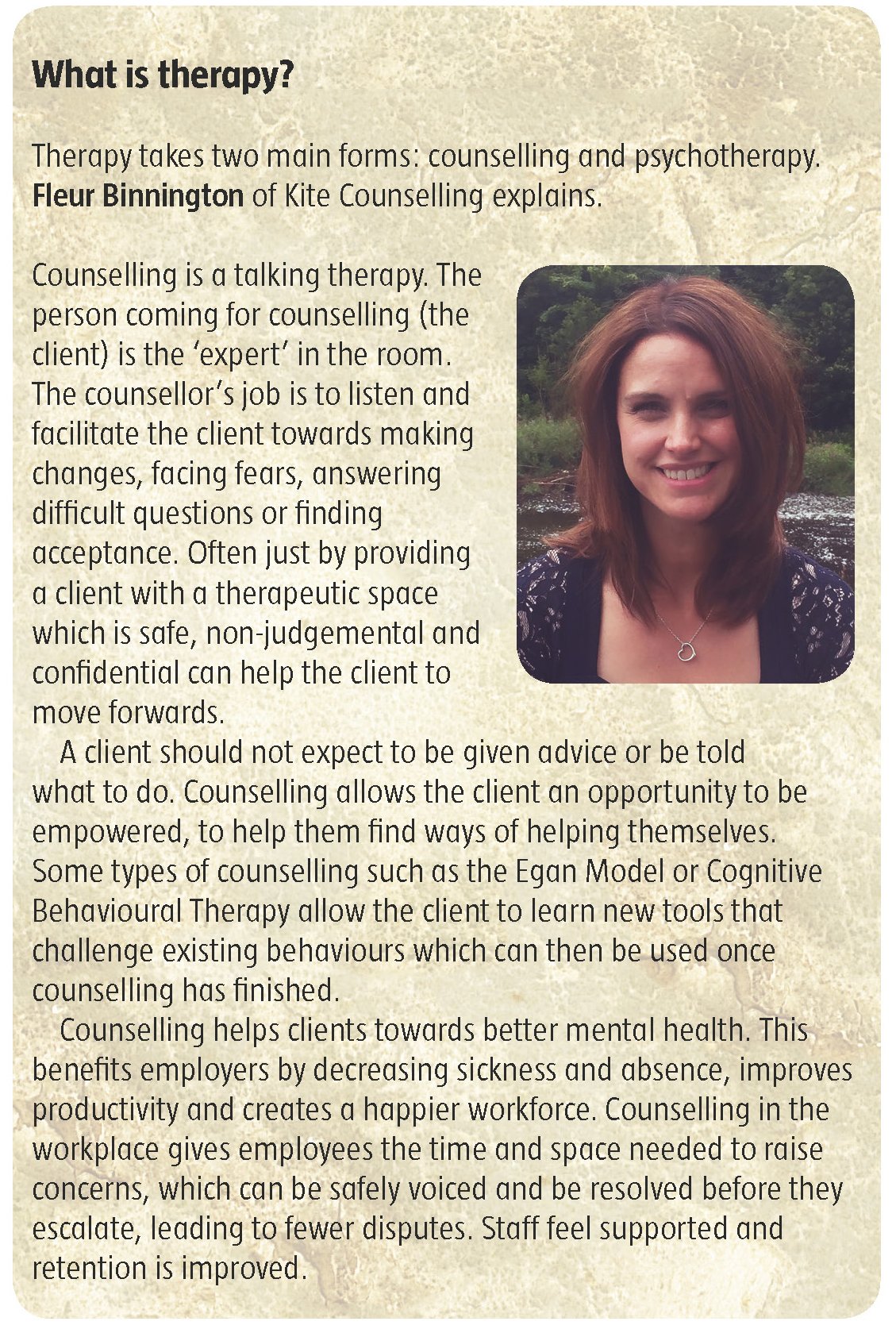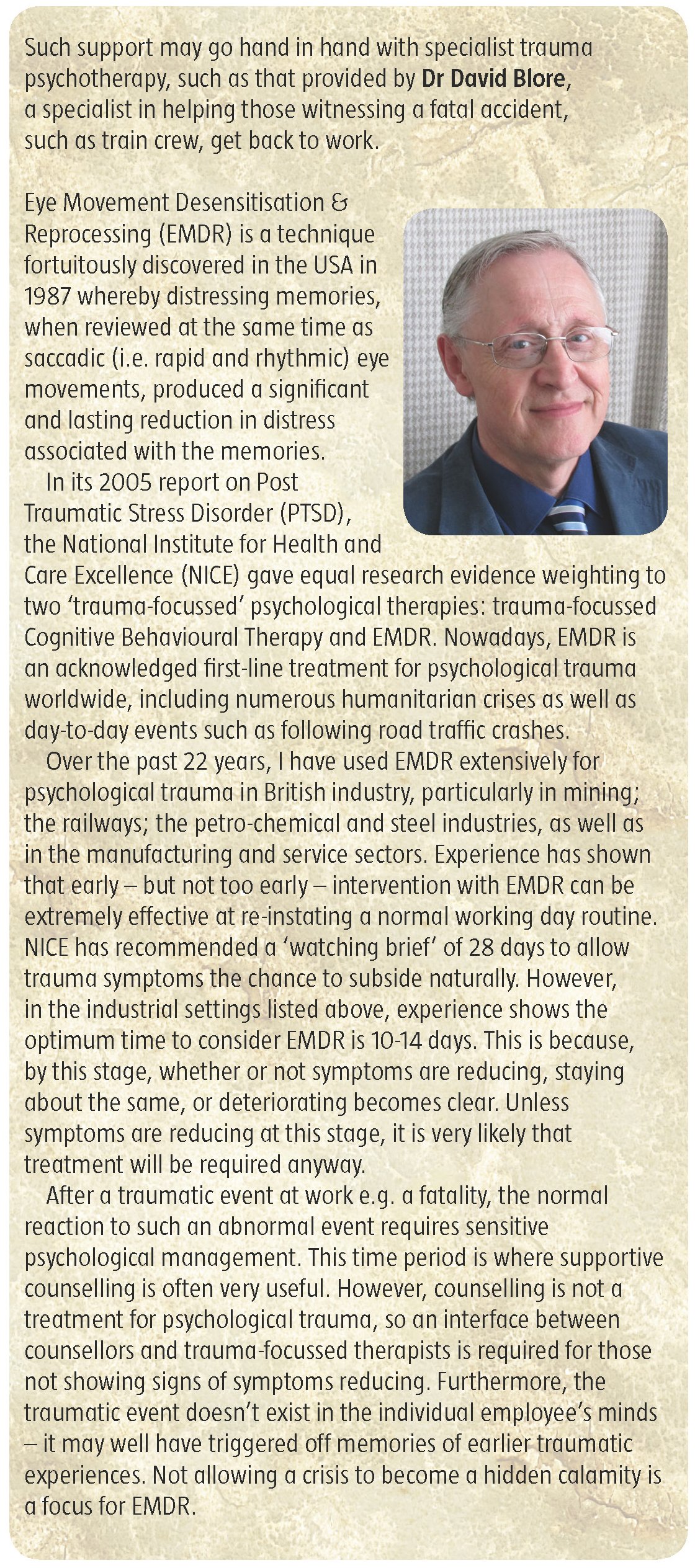
Fatal accidents at work can have a huge impact on a workforce. Paul Verrico and Emily Farmer explain how companies can best respond to these incidents, and how they can support their employees.
In the aftermath of a fatal workplace incident, at least two regulators and multiple stakeholders will have an interest in events. But what about those immediately affected by the incident? How should progressive modern companies deal with a workforce that may be experiencing a whole gamut of emotions, from grief, fear, stress or even guilt, and now find themselves in the midst of a health and safety investigation? Is there any concept of ‘business as usual’?
Dealing with the police and regulators
Following a fatal accident at work, the legal process begins almost immediately, with the police and regulator(s) attending the site in the aftermath, their roles determined by the Work-related Death Protocol (the “protocol”). Under the protocol, those police officers who arrive first are tasked with identifying, securing, preserving and taking control of the scene.
 Within the first hours of a serious incident, the accident scene may become inaccessible to the employer, equipment may be seized, and statements may be taken that inform the legal process subsequently – a process lasting many months and even years.
Within the first hours of a serious incident, the accident scene may become inaccessible to the employer, equipment may be seized, and statements may be taken that inform the legal process subsequently – a process lasting many months and even years.
If the incident location is remote, that may all have happened by the time corporate support can arrive. To the employer and its workforce, the implementation of an established protocol may not be obvious, and certainly will feel less than comfortable.
The company’s crisis response procedure is mobilised. Trying to stay one step ahead in the sense of understanding what has happened and will happen now, the wise employer will commence a legally-privileged investigation which will, in theory, allow the employer to understand the factors leading to the incident before it is played out with a regulator, the police or in a court.
Worried employees, corporate stakeholders, lawyers, the press, will all demand to know “what happened?” and “what went wrong?”. These questions are initially directed at those who were closest to the incident; those who were eye witnesses to the event itself or had involvement in the decision-making process which led up to the tragedy. It is these same people who are most vulnerable to feeling the psychological impact of the event. The questions are likely to come thick and fast, and from more than one source, in those early days.
Supporting affected employees
Despite the importance of understanding the facts, to ensure it is in the best possible position in the face of a health and safety investigation, an employer must recognise that its employees are facing an alien and frightening process, one in which personal grief and anxiety about liability can collide headlong. Working with these employees to ensure their welfare is an absolute priority. Failing to do so can have catastrophic effects, not least on the present investigation, but on the possibility of rebuilding a cohesive and positive culture within the workforce.
Employers have a legal duty to reduce and, where possible, prevent work-related stress impacting on the health of their employees. This duty requires that employers identify significant and foreseeable risks to employee health. Where the impact of a serious incident has a substantial or long-term effect on the way an employee works, employers must also be prepared to make reasonable adjustments for such employees, to remove the effect of the impairment on the employee at the workplace.
Stress and PTSD
It should be expected that in the aftermath of a fatal accident employees may experience an adverse reaction to the excessive pressures, anxiety or demands placed on them, be that from the operational impact of an incident or the personal pressure of being a witness (or even a perceived suspect) to what is unashamedly a criminal investigation.
 For some, particularly those who may be involved in rescue or resuscitation attempts, stress can manifest as post-traumatic stress disorder (PTSD). PTSD is estimated to affect a third of people who have a traumatic experience. Symptoms can include nightmares, flashbacks, feelings of isolation, irritability and guilt. Who PTSD will affect is unpredictable and the impact on day-to-day life can be substantial.
For some, particularly those who may be involved in rescue or resuscitation attempts, stress can manifest as post-traumatic stress disorder (PTSD). PTSD is estimated to affect a third of people who have a traumatic experience. Symptoms can include nightmares, flashbacks, feelings of isolation, irritability and guilt. Who PTSD will affect is unpredictable and the impact on day-to-day life can be substantial.
Facing these additional risks, experience suggests that employers may need a helping hand, to understand what they can do to support a stressed workforce.
What measures should employers take?
The Health and Safety Executive considers that stress management should be assessed in the same way as any other risk to the workforce. By following HSE’s Stress Management Standards (SMS), employers will, in the eyes of the regulator, be adopting an approach that is considered suitable and sufficient and compliant with the legal duties which it holds.
The SMS suggest a five-stage process:
- Identify the risks.
- Work out who can be harmed and how.
- Evaluate the risks.
- Record findings.
- Monitor and review.
In step one is the recognition, required of employers, that the impact of a fatal or serious accident at work is much wider than the legal process. To succeed in this, organisations must secure commitment from senior managers and the workforce to devote adequate time and resources to ensuring that the ‘stress’ factors of a serious incident are suitably and sufficiently risk assessed and managed.
What help is appropriate?
In addressing the risk of stress, employers must remain mindful of the wider legal process. Any witness to a criminal trial must be protected so that their evidence is not tainted by discussion, be that in the context of therapy or otherwise. Crown Prosecution Service guidance explains that:
“Witnesses may derive therapeutic benefits from talking about their experiences, but any detailed recounting or re-enactment of the offending behaviour may be perceived as coaching”.[1]
While vulnerable witnesses should not be denied emotional support or counselling, they must be treated appropriately in light of the legal proceedings. The CPS provides guidance as to the types of therapies which may be appropriate and the professional duties placed on these therapists. When engaging therapists in the aftermath of a fatal accident, this guidance must be consulted.
Conclusion
The impact and consequences of a fatal accident at work are bigger than the criminal investigation. Responsible employers must consider this as widely as necessary: the trauma of the immediate event and the anxiety of scrutiny and legal process going forwards affect different people to differing degrees and in different ways. More than simply following a legal duty, in ensuring it offers the appropriate combination of sympathy, support and a structured response, an employer fosters a positive safety culture among its workforce and a collective spirit which will support positive change if that is required, and simple recovery in any event.
Paul Verrico is a principal associate and Emily Farmer is an associate in the Eversheds health and safety team – both specialise in the management of fatal and serious incidents. Fleur Binnington had a long career teaching in a secondary school before retraining as a counsellor; her business, Kite Counselling, provides therapy for those struggling with crisis events. Dr David Blore is a consultant psychotherapist accredited in EMDR – he provides clinical interventions to maximise the psychological healing process after a trauma.
Reference:
1. https://www.cps.gov.uk/publications/ prosecution/pretrialadult.html
What makes us susceptible to burnout?
In this episode of the Safety & Health Podcast, ‘Burnout, stress and being human’, Heather Beach is joined by Stacy Thomson to discuss burnout, perfectionism and how to deal with burnout as an individual, as management and as an organisation.
We provide an insight on how to tackle burnout and why mental health is such a taboo subject, particularly in the workplace.




